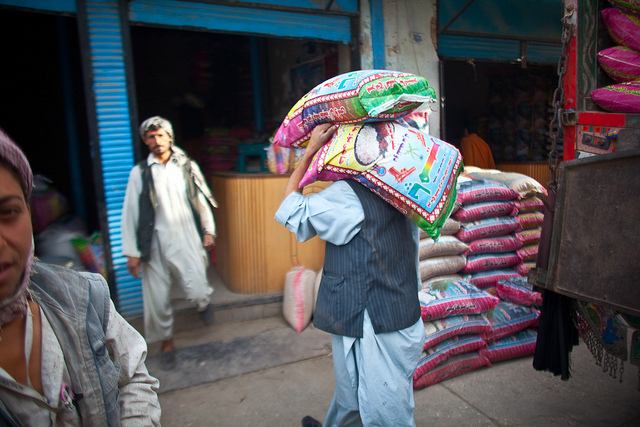After five years of growth adjustment, the risks within the emerging markets start to look more balanced, according to Maarten-Jan Bakkum, Senior Emerging Market Strategist at NN Investment Partners (former ING IM)
Global headwinds and obstacles to growth remain, but are not getting worse. Without an accident in China, emerging market growth should bottom in Q3 or Q4. China demand slowdown is structural and continues to put pressure on the emerging markets in terms of trade, but a correction in the housing market is slowing and monetary easing has started. US monetary policy normalisation continues to put pressure on EM capital flows, but ECB QE has refuelled the global search for yield. In this context, EM central banks see room to cut interest rates.
Maarten-Jan Bakkum, Senior Emerging Market Strategist at NN IP, said: “Rapid leverage growth has created macro imbalances and system vulnerabilities, pushing policy makers into action in some countries, including: Indonesia, South Africa and Brazil. Policymakers in Indonesia in particular, stood out. Reducing macro imbalances within the country with the central bank remaining relatively prudent and president Joko Widodo’s government removing fuel subsidies and thereby creating fiscal room for infrastructure investments.”
Also, South Africa has shown better growth momentum, strong earnings growth, improving terms of trade, and the government has shown more fiscal discipline.
Bakkum continues: “Other areas that are currently showing promise, include Mexico. Mexico is one of the few markets with a positive growth momentum. Its large exposure to the US and low sensitivity to China are key positive factors making this an overweight for us.”
ING IM believes that strong earnings momentum and solid capital inflows are the main reasons to like the Philippines at the moment. Reforms and more policy discipline continue to have a positive impact on growth prospects of India, where the lower oil price helps too. Also, better economic governance and lower political risk have helped Egypt’s growth to recover to pre-2011 levels.
Easier financial conditions can compensate temporarily for the lack of structural change but EM currencies remain vulnerable. More depreciation is likely to be needed to enforce the reforms that reduce macro imbalances and create engines of future growth.



 For Fórmate a Fondo
For Fórmate a Fondo